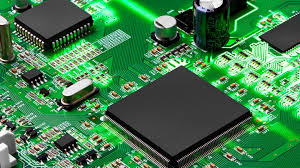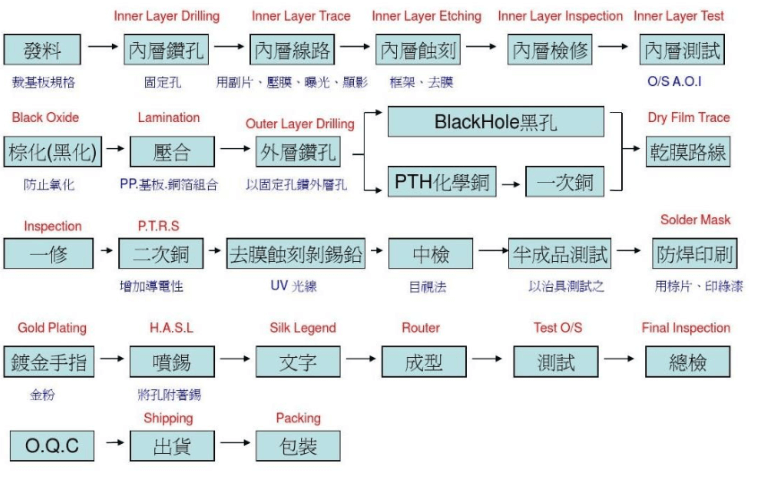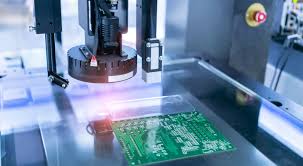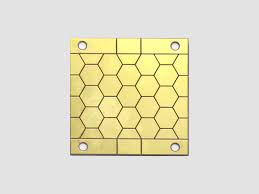circuit board construction
1. The names of circuit boards are:
Circuit board, PCB board, aluminum substrate, high-frequency board, PCB, ultra-thin circuit board, ultra-thin circuit board, printed (copper etching technology) circuit board, etc. Circuit boards make circuits miniaturized and intuitive, and play an important role in the mass production of fixed circuits and the optimization of electrical appliance layout.
We divide the circuit board into blocks of unit circuits according to the structural composition of the circuit block of the circuit board, and then judge the circuit block and find the electronic components in the locked circuit block

GET PCB MANUFACTURING AND ASSEMBLY QUOTE NOW!
2. What circuit blocks are the circuits in the circuit board specifically divided into, how to judge whether there are faults in the circuit blocks of each layer, and how should we check
In the circuit board, no matter what type of circuit board it is, it is basically composed of 7 major circuits: power supply circuit, input interface circuit, microprocessor control circuit, output interface circuit, display circuit, protection circuit and communication circuit. As long as you master the circuit composition structure and control principle of these seven major categories, know the structural composition characteristics and key components of each type of circuit, can judge which type of circuit each part of the circuit belongs to in the circuit board, and are familiar with the fault rules and characteristics of each type of circuit, you can repair various types of circuit boards.
Power supply circuit: The power supply circuit is a circuit that provides energy to each unit circuit in the entire circuit board. It works in a high voltage and high current environment and is the most prone to failure.

The function of the power supply circuit is to convert 220VAC or 380VAC AC into various levels of DC with constant output voltage of ±5V, 12V, 15V, 18V, 24V, etc. required by the circuit board.
Input interface circuit: The input interface circuit is a circuit for information exchange and communication between the circuit board and the outside world. It can convert what people want to say or do to the circuit board into electrical signals that can be recognized by the microprocessor in the circuit board. For example: When we monitor the temperature, if you say to the microprocessor in the language we usually communicate with people, “The temperature is high, please lower it a little”, the microprocessor cannot understand what we say. At this time, we can use the interface circuit to first use thermistors or thermocouples to convert the temperature signal into an electrical signal, and then process the converted electrical signal to obtain an electrical signal that can be recognized by the microprocessor. In this way, after the microprocessor understands what we want it to do, it can do it according to our intention. The same is true for other signals such as illumination, pressure, wind force, liquid level, position, etc.
The function of the input interface circuit is to convert what people want to say or do to the circuit board into a level signal that the microprocessor in the circuit board can recognize.
Microprocessor control circuit: The microprocessor control circuit is mainly used in the main control board circuit board. When we see the components in the circuit board that look square or rectangular and have many pins, there are crystal oscillators next to them. Most of these components are microprocessor components. The microcontroller circuit is surrounded by the microprocessor as the core component.
The main function of the microprocessor control circuit is to receive the relevant information sent by the input interface circuit, analyze and process this information, and make corresponding processing results, and further send the processing results to the output interface circuit.
Output interface circuit: The signal driving ability output from the microprocessor is relatively weak, and it cannot directly drive high-power devices such as high-power tubes, relay coils, solenoid valves, and speakers. In order to drive high-power tubes, relay coils, solenoid valves, and other high-power devices, it is necessary to condition the electrical signal output by the microprocessor control circuit, so as to achieve the ability to drive high-power tubes, relay coils, solenoid valves, speakers, and other high-power devices. The circuit that plays such a role is what we call the output interface circuit.
Function of the output interface circuit: After amplifying the current or voltage of the signal output by the microprocessor or performing other processing, the conditioned signal can drive high-power devices such as high-power tubes, relay coils, solenoid valves, speakers, and motors.
Protection circuit: In the circuit board, when the power supply voltage to the circuit board is too high, the current is too large, the temperature is too high during operation, and the input or output circuit is missing, the electronic components may be burned out! Designers usually design some protection circuits when designing circuits to protect the circuit board from being damaged or minimized when the voltage is too high, the current is too large, the overheating occurs, or the input or output circuit is missing.
The function of the protection circuit: It monitors the operating status of each circuit in the circuit board. When the circuit in the circuit board has one of the conditions of overvoltage, overcurrent, overheating, or missing phase, the protection circuit immediately sends information to the microprocessor about the abnormal conditions such as overvoltage, overcurrent, overheating, or missing phase. If the effect is serious, corresponding protection measures will be taken immediately to protect the circuit board from being damaged or minimized!
Communication circuit: When information needs to be transmitted between circuit boards, or between circuit boards and touch screens, circuit boards and PCs, etc., information processing and transmission circuits are required. At this time, designers design some information transmission circuits. The commonly used methods of information transmission currently include wireless transmission, network transmission, local transmission and other forms. The function of the communication circuit is to transmit signals, and is mainly responsible for communicating information between the circuit board and the host computer (touch screen or PLC) or between the circuit board.
Display circuit: For the working status of each circuit in the circuit board, designers usually use light-emitting diodes, seven-segment digital tubes, and LCD screens to display the working status of the circuit. This circuit is the display circuit.
Function of the display circuit: It is to display the main conditions of the circuit board during operation through a display screen, LCD screen or LED to indicate the operating status of the circuit.






